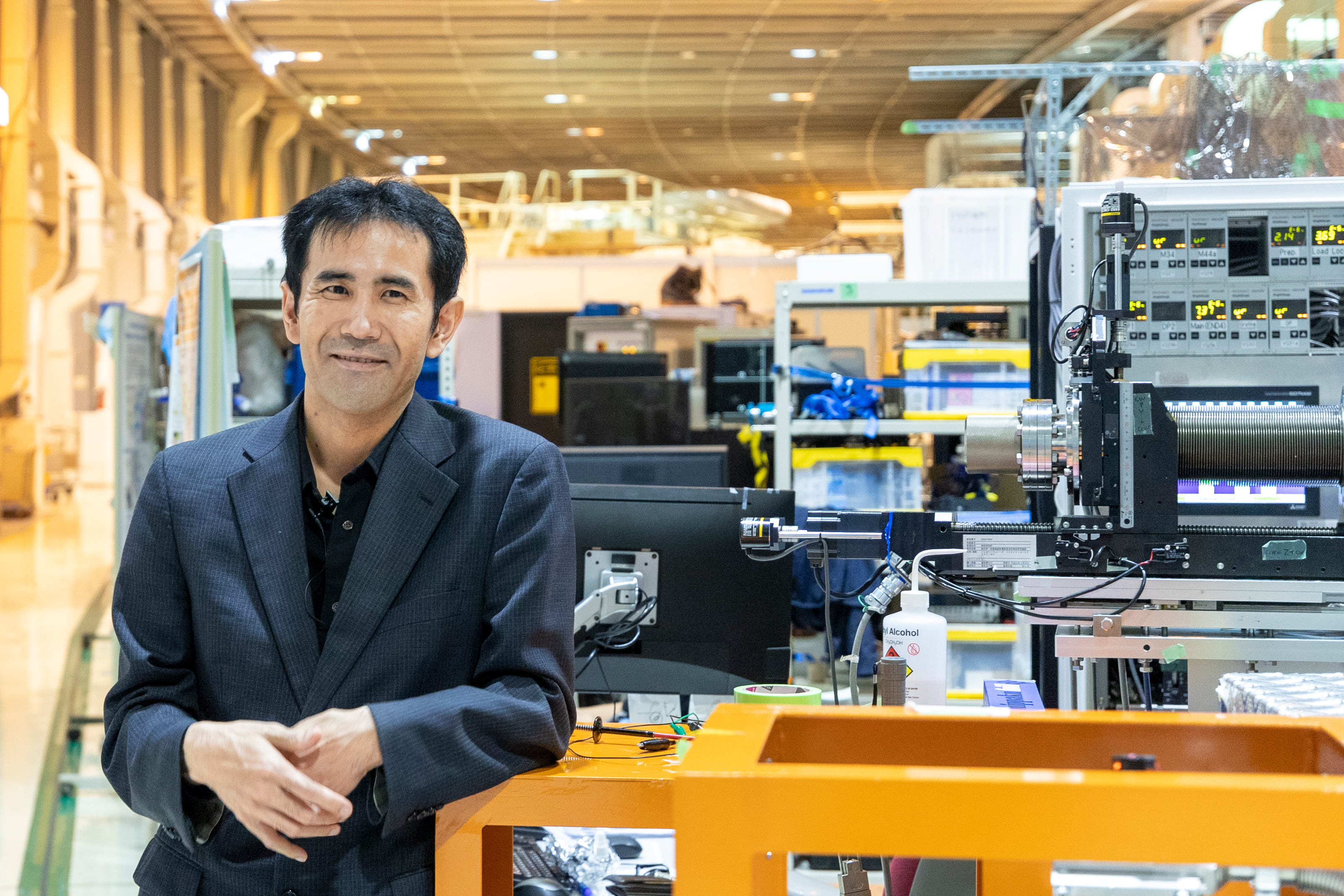Message
FROM INTERESTS IN LIGHT ITSELF TO ITS INTERACTION WITH MATTER; I BELIEVE RESEARCH QUALITY DEPENDS ON HOW IT CAN BROADEN ONE'S INTERESTS.
We recognize a material's color by detecting a visible light that we call green, yellow or red in the case of a leaf, which depends on the absorption or transmission property of the light reflecting complex interaction between the light and the material. When a material is illuminated by a light called "soft X-ray", we see another "color" that provides a lot of information about the origin of the electronic and magnetic property and local bond coordination, local symmetry and so on. We are currently developing soft X-ray emission spectroscopy, a tool to detect such soft X-ray "color" with an intense and well-organized (color, size, polarization, position, time-structure and so on) soft X-ray light source called synchrotron radiation. With only a slight advance in the sample handling, we can extend the target of this noble spectroscopy and obtain new information that cannot be made available by other methods. For example, pure liquid water, which is entirely transparent in the visible light region, looks inhomogeneous in terms of the energy distribution of valence electrons responsible for hydrogen bond formation when observed by soft X-rays. Four years ago, we reported the inhomogeneity of liquid water, which became a subject of discussion worldwide and is still much debated in water-related international conferences and on journal papers. Soft X-ray emission spectroscopy is such a powerful technique that provides us a chance to explore new fields.
















